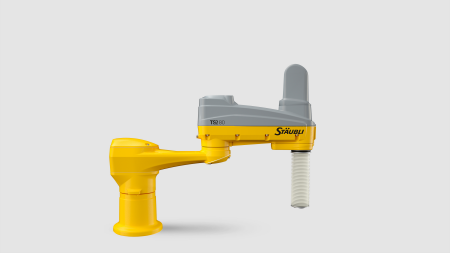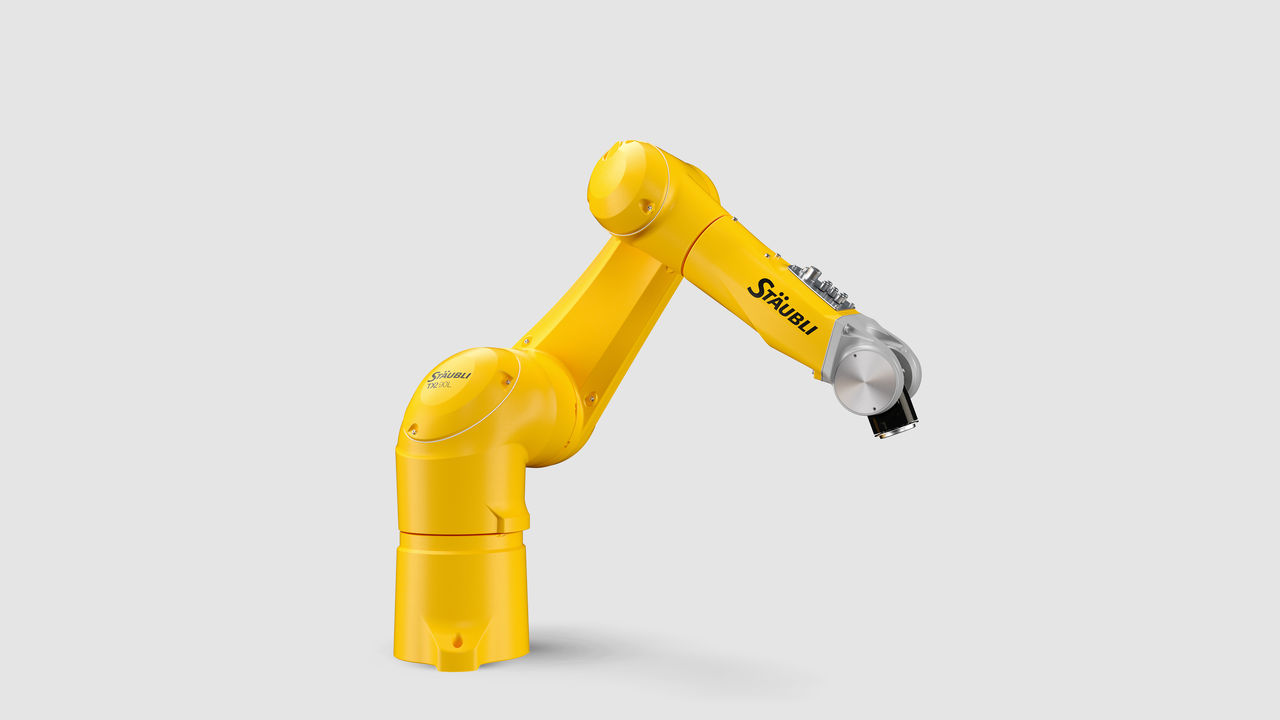- Europe
- Americas
- Asia and Middle East
- Africa and Oceania
SUCCESS STORY
CUSTOMER BENEFITS
- Primary handling processes carried out in parallel, thanks to short cycle times
- Increase in productivity
- Reliable automation with high flexibility
- Integrated quality assurance
TASK
Robot-assisted shaping and inspection of press fittings
A manufacturer of stainless steel press fittings has automated both the shaping and inline quality control of the bending process. Among the technologies used are “bin picking”, an automated parts inspection, and the cooperation of two different Stäubli kinematics.
No welding, easy installation, secure and leak-free operation over many years: These are the three main benefits of stainless steel press fittings. Isotubi, a Spanish company headquartered in Castellbisbal near Barcelona, produces around three million of these safety-relevant connecting elements per year.
Because a press fitting is always needed when the pipe bends (usually at a 90° angle), the bent pieces of pipe or “elbows” are among the most frequently manufactured products in the Isotubi factory. The geometry of these pipe sections, in combination with the round diameter, represents a real challenge for automation technology. Nevertheless, Isotubi was successful in automating the shaping and subsequent inspection of these fittings with the help of Stäubli robots.
SOLUTION
Four- and six-axis robots work hand in hand
This is how it works: A six-axis articulated TX2-90L robot – guided by a laser scanner – picks up one of the bent pipe sections lying unsorted in a container, and places it on a transfer station. Here it is taken over by a second robot: a four-axis TS2-80. The SCARA places the pipe section in the shaping machine and takes it out again – in a very short cycle time.
While the next shaping process is already in progress, the TS2-80 moves the shaped part past an inline control station. A camera checks all quality-relevant dimensions. The robot completes these tasks so quickly that it can take on another task while the shaping process for the next component is still in progress. It takes the part from the inspection station and places it on a conveyor belt that goes to heat treatment.
CUSTOMER USAGE
Short cycle times – high productivity
The intelligent distribution of work between two different types of robot in this solution enables a high degree of automation with short cycle times and very high productivity. The robot combination is a perfect fit. With its long reach and agility, the TX2-90L can completely empty the containers. And thanks to its high speed, the SCARA TS2-80 can perform all handling tasks during the inspection process while the shaping process is carried out. Thus the robots do not require additional time for handling, delivering an efficient and intelligent solution.
For Isotubi, a major advantage of automation is the increased stability of the process. But the most important advantage without question is the increase in productivity – through the integration of automated loading and unloading, as well as shaping and subsequent quality controls. Plus, 100% of production can be handled by only two robots at the two stations. This is also an efficiency gain.


